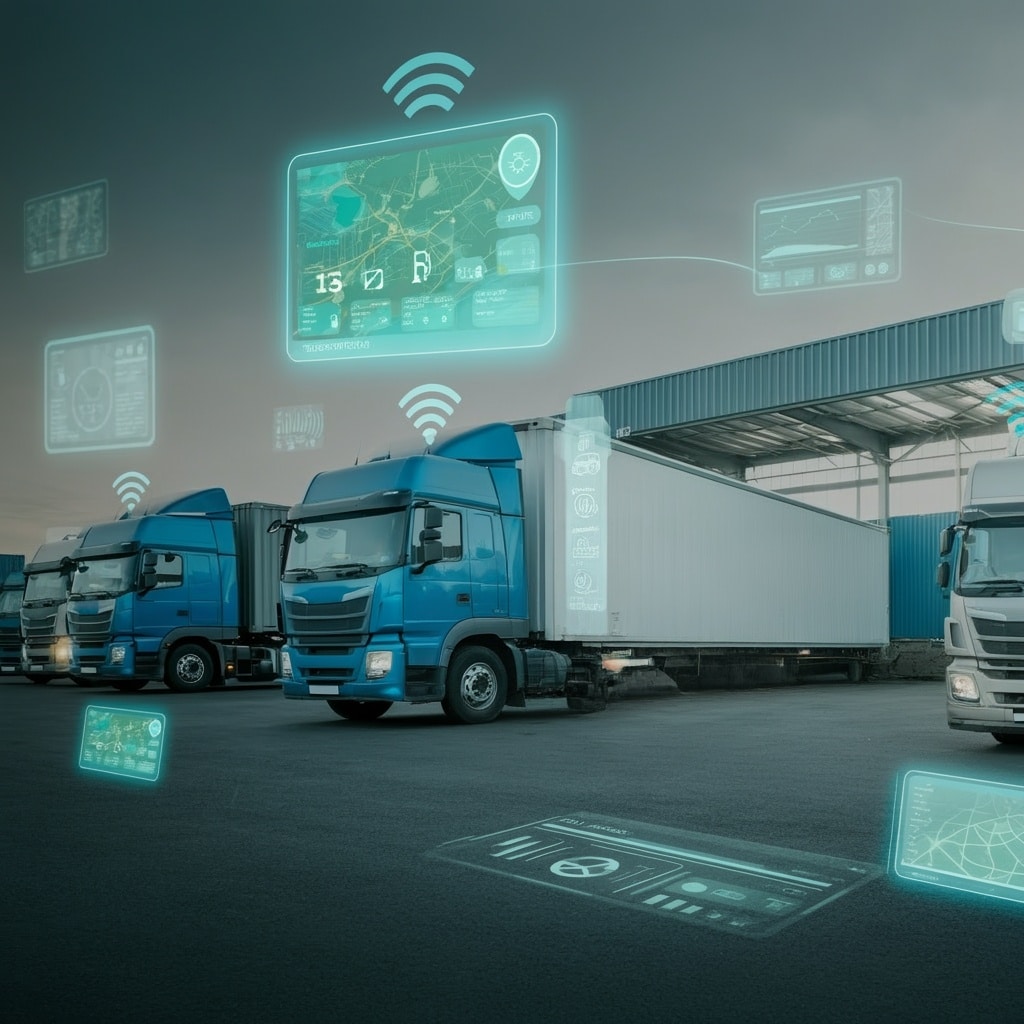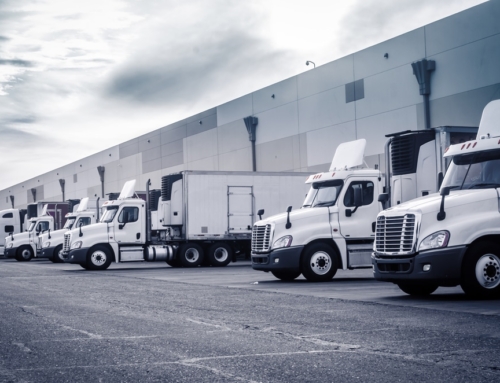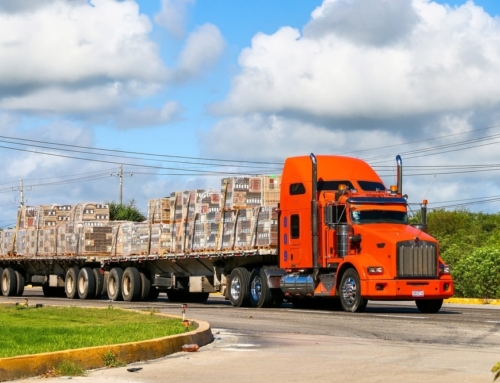Technology has become the backbone of the modern trucking industry. From electronic logging devices (ELDs) to real-time diagnostics, innovation is changing the way fleets operate. At the center of this transformation is telematics in trucking, a tool that gives carriers the data and insights needed to improve safety, cut costs, and deliver with precision.
The Growing Importance of Technology in Trucking
Trucking has always been about moving goods quickly and reliably, but today’s challenges are bigger than ever—higher fuel costs, stricter regulations, and customer demand for faster deliveries. Technology bridges the gap, giving companies tools to streamline operations while keeping drivers safe and compliant.
What is Telematics and How Does It Work?
Telematics combines telecommunications and informatics. It uses onboard devices connected to sensors that collect and transmit data—from engine performance to driver behavior—to a central system. Fleet managers can then use this data to make smarter decisions, reduce risks, and improve overall efficiency.
Why Telematics Matters in Modern Trucking Fleets
Telematics is more than just tracking a truck’s location. It’s about creating a smarter system that helps:
- Enhance driver safety
- Reduce fuel expenses
- Streamline dispatching and routing
- Keep vehicles maintained and road-ready
- Stay ahead of regulatory compliance
Forward-thinking carriers like Double D Distribution use telematics to simplify complex operations and deliver measurable results for clients.
Types of Telematics Solutions for Trucking Fleets
GPS Tracking Systems
The backbone of telematics. Real-time GPS lets dispatchers track vehicles, optimize routes, and improve delivery communication.
Electronic Logging Devices (ELDs)
Required by the FMCSA, ELDs track drivers’ hours of service, reduce paperwork, and help prevent fatigue-related risks.
Fuel Management Systems
Telematics systems analyze fuel consumption patterns, detect inefficiencies, and cut unnecessary costs.
Maintenance and Diagnostics
Early alerts for potential mechanical issues keep trucks out of the shop and on the road.
Driver Behavior Monitoring
Sensors track habits like speeding, hard braking, and idling, providing feedback to improve safety and fuel efficiency.
The Benefits of Telematics in Trucking
- Improved Safety – Data helps drivers develop safer habits, lowering accident risks.
- Lower Costs – Preventive maintenance and fuel monitoring reduce waste.
- Boosted Productivity – Smarter routing means less downtime and more deliveries.
- Simplified Compliance – Automated logging ensures fleets meet DOT and FMCSA requirements.
Telematics and the Future of Trucking
Telematics adoption is accelerating, with future systems expected to use AI for predictive maintenance, advanced route optimization, and even semi-autonomous support. Carriers that embrace these tools will have a clear advantage in safety, efficiency, and customer satisfaction.
Why Work with a Tech-Savvy Trucking Company
Choosing a partner that invests in modern telematics means peace of mind for shippers and drivers alike. A forward-looking trucking company like Double D Distribution ensures that loads are delivered efficiently, safely, and on time—backed by the power of technology.
Conclusion
Telematics is reshaping the trucking industry, making fleets smarter, safer, and more reliable. From real-time diagnostics to predictive insights, these systems are no longer optional—they’re essential for long-term success. Companies that adopt telematics today are positioning themselves as the leaders of tomorrow.






